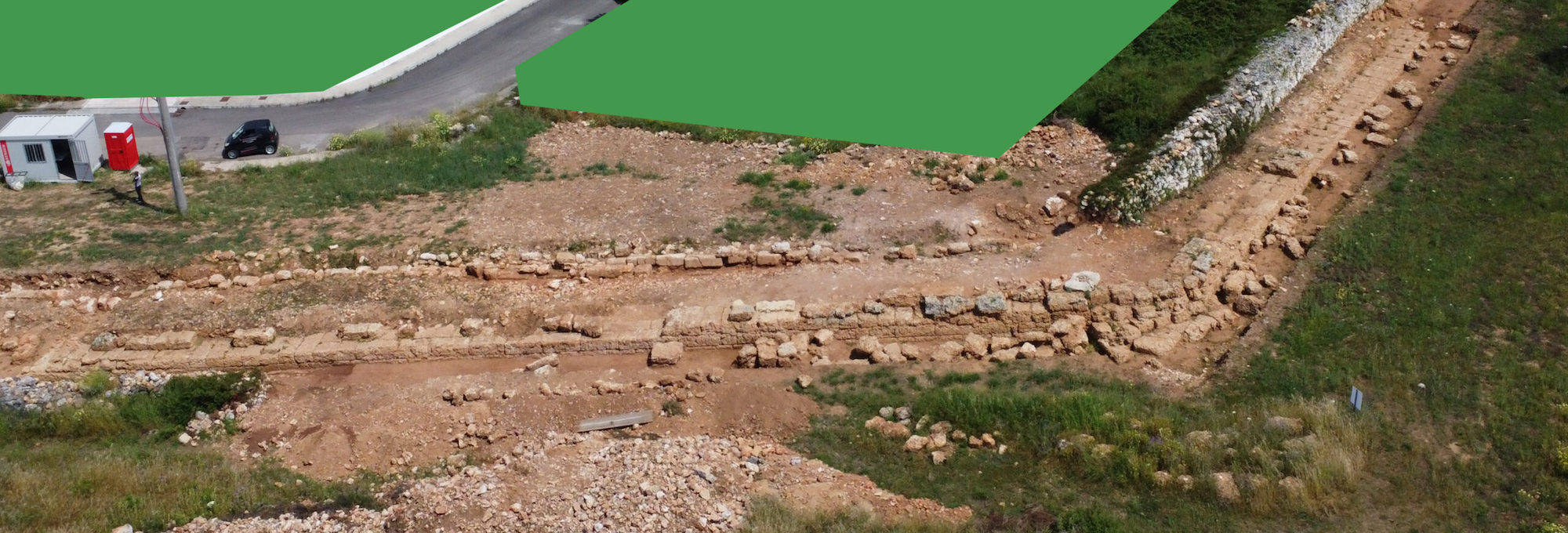Section of city walls uncovered during excavations, Ugento, Italy© CNR ISPC - SABAP LE
Posted on 07/03/2025 8:50:49 AM PDT by SunkenCiv
Italian archaeologists working in the city of Ugento uncovered sections of an extensive ancient defensive network intended to protect the city and its inhabitants from an advancing Roman army, The Kansas City Star reports. The wall was originally built in the fourth century b.c. but was significantly enhanced a century later, when its thickness grew to 20 feet wide. Near one of the corner bastions, the team encountered a destruction layer that contained 450 lead sling bullets and nine iron bolts fired from Roman scorpio machines, weapons that resembled large stationary crossbows. Researchers believe these are evidence of a Roman attack that occurred at the end of the third century b.c. The local Messapii tribe had sided with Hannibal and Rome's nemesis Carthage during the Second Punic War, which caused Rome to retaliate and attack the settlement in 209 b.c. The walls proved no match for the Roman army, which was able to breach them and successfully take the city. During the following two centuries, the fortifications were gradually dismantled and the large stone blocks were reused in new buildings. To read about scorpio bolts and other munitions launched against the city of Pompeii around 89 b.c., go to "Weapons of the Ancient World: Siege Weapons."
Section of city walls uncovered during excavations, Ugento, Italy
© CNR ISPC - SABAP LE

(Excerpt) Read more at archaeology.org ...
Iron dart point© CNR ISPC - SABAP LE
The Romans could be pretty relentless when attacking a city. The inhabitants of Jerusalem found that out on three occasions.
Disclaimer: Opinions posted on Free Republic are those of the individual posters and do not necessarily represent the opinion of Free Republic or its management. All materials posted herein are protected by copyright law and the exemption for fair use of copyrighted works.